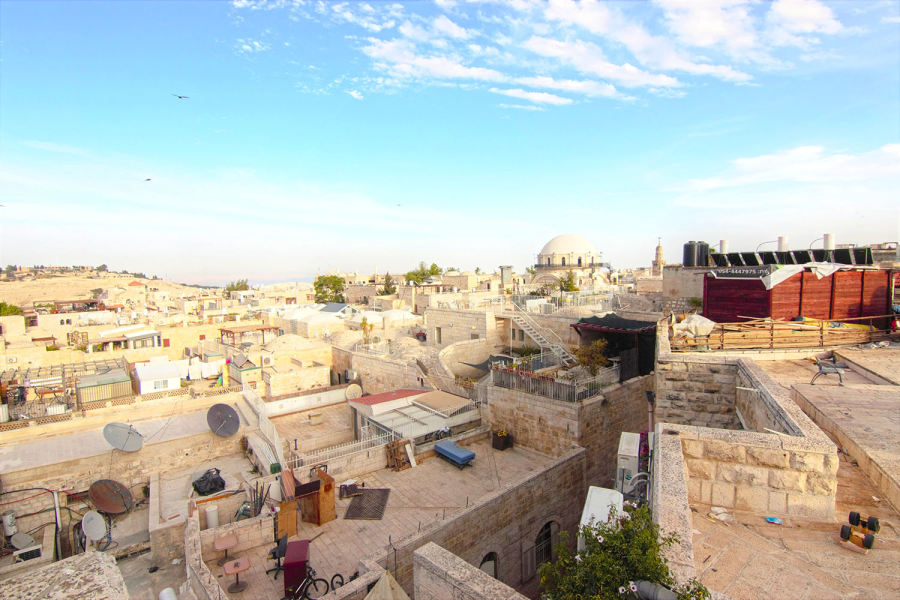Jewish Quarter – Old City Jerusalem
Jerusalem travel guideDating back to the days of the Turkish reign over Israel, the old city has been parted into four sections, each representing its habitants; The Jewish quarter, the Armenian quarter, the Christian quarter and the Muslim quarter.
Although the Jewish Quarter is considered to be the oldest quarter in the city, dating back to the days of the bible, in terms of the architecture found in the quarter, it is considered to be the newest quarter of the four. Besides being the second smallest section in the city, most of the houses that can be found in the quarter, date back to only the 1960’s and 1970’s.
During the war of independence, the quarter, that knew prosperous times during the Turkish regime, was attacked fiercely by the Jordanian forces. With only several young Palmach defenders and without any food or water, the quarter quickly found itself cut off from the rest of Jerusalem and Israel, in foreign hands. The Jordanian troops wiped out most of the Jewish houses leaving only one synagogue standing and causing the Jews of the quarter to seek refuge outside the walls of the old city.
After the six day war in 1967, the archeologists seized the opportunity the recapturing of the city brought and went out on a big excavation following Jerusalem’s ancient history. The digs resulted in the exposure of the Cardo (the old market street in the Roman-Byzanite period), the Burnt House, Robinson’s Bow and many more.
Today’s Jewish Quarter residents are practicing Jews, many of them coming from English speaking countries. Along with plenty of religious schools that cater for Jewish youth from abroad, the Jewish Quarter, like the German Colony has a strong Anglophone appeal.
Major attractions in the quarter include the Western Wall, the Cardo, the Hurva Synagoge, the Bunt House and the Four Sephardi Synagogues.







